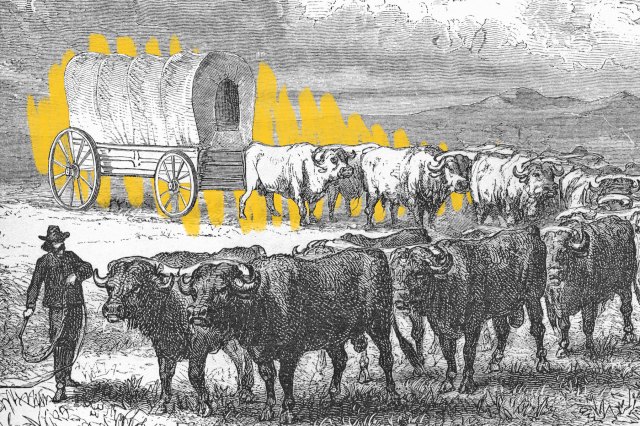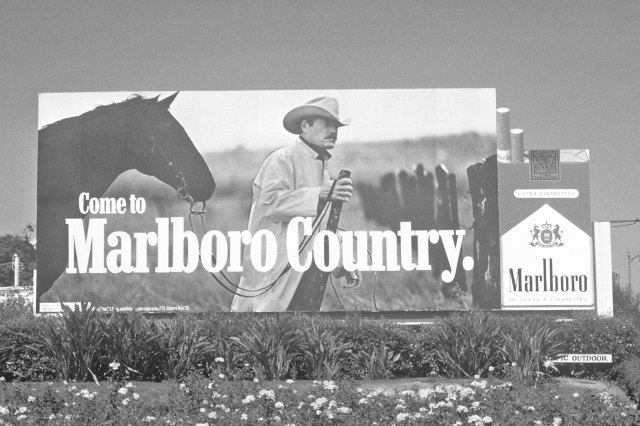 |
The Oregon Trail wagons weren't for passengers. |
U.S. History |
 |
| |
| So while we often romanticize that months-long journey as being emblematic of the "American Dream" and westward expansion, it was above all else a brutal quest that many did not survive. Contrary to popular belief, however, that has little to do with Indigenous peoples. Tribes such as the Pawnee and Shoshone were more likely to be trail guides or trading partners than hostile combatants, and fatigue and disease caused the vast majority of settlers' deaths. When they circled the wagons at night, it wasn't to keep Indigenous peoples out — it was to keep animals in. | |
 |  |
 | |||
| |||
The Surprising Asset That (Handily) Beat Stock Market Darlings | |||
| Thank you for supporting our sponsors! They help us keep History Facts free. |
 | ||||||||||||||
By the Numbers | ||||||||||||||
| ||||||||||||||
| ||||||||||||||
 | ||||||||||||||
| ||||||||||||||
Only one-fifth of Oregon Trail travelers went to Oregon. | ||||||||||||||
| Given its name, you might reasonably assume that most travelers who braved the Oregon Trail settled in Oregon. Not so, as only one-fifth of the pioneers who risked life, limb, and dysentery in search of the 19th-century "American Dream" ended up in the Beaver State. The rest changed course in either Idaho or Wyoming en route to Utah and California. Approximately 70,000 Mormons made their pilgrimage to the former, and some 250,000 settlers headed to California — many of them in search of gold. | ||||||||||||||
 | |||
Recommended Reading | |||
 | |||
| | |||
 | |||
| | |||
| + Load more | |||
| |||||||||
| Contact us | |||||||||
| Privacy Policy | |||||||||
| Terms of Use | |||||||||
| Do Not Sell My Info | |||||||||
| 700 N Colorado Blvd, #513, Denver, CO 80206 | |||||||||






No comments:
Post a Comment